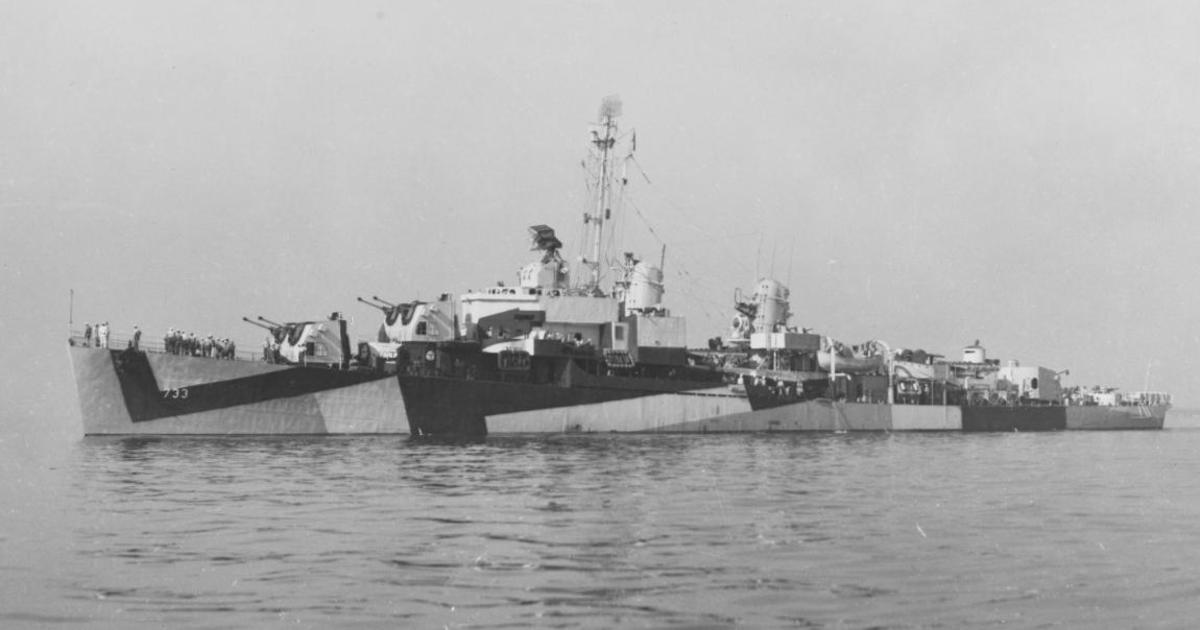Key takeaways:
- The USS Mannert L. Abele was sunk by a “human-guided kamikaze bomb” off the coast of Okinawa, Japan during WWII.
- The bomb hit the ship near its waterline, causing significant damage and forcing the crew to abandon ship.
- The Abele is the first U.S. Navy ship to be sunk by a kamikaze attack, and is the only U.S. Navy destroyer sunk during WWII that has yet to be found.
A U.S. Navy destroyer that was sunk by a “human-guided kamikaze bomb” during World War II has been identified off the coast of Okinawa, Japan, the Naval History and Heritage Command announced Thursday.
The USS Mannert L. Abele was operating off the northern coast of Okinawa on April 12, 1945, when it suddenly found itself “surrounded by hostile planes,” the command said in a news release. After the Sumner-class destroyer engaged with and damaged multiple enemy aircraft, a plane managed to crash next to it, penetrating its side.
A minute later, the ship was hit by a “rocket-powered human-guided bomb” known as the “Cherry Blossom” or Yokosuka MXY-7 Ohka. The bomb hit the ship near its waterline, causing significant damage.
The Abele was eventually sunk by the kamikaze bomb, and the crew was forced to abandon ship. The command said that the crew was eventually rescued by other U.S. Navy ships in the area.
The Abele is the first U.S. Navy ship to be sunk by a kamikaze attack, and is the only U.S. Navy destroyer sunk during World War II that has yet to be found. The command said that the discovery of the Abele is a “significant milestone” in the history of the U.S. Navy.



Be First to Comment